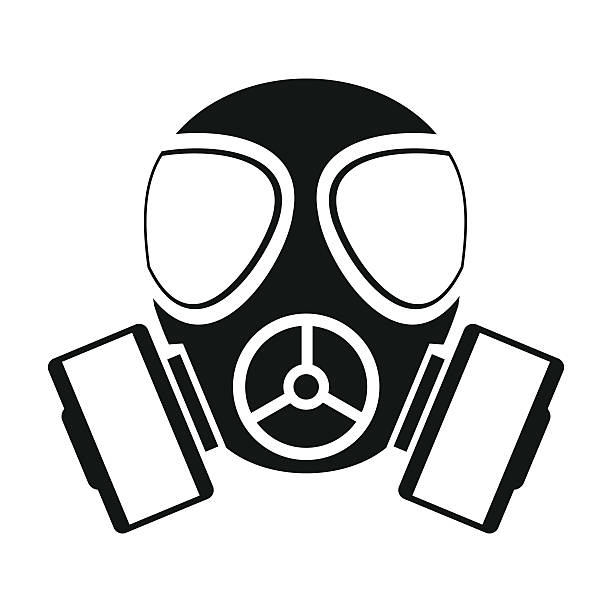Going a bit pink because you’ve had carbon monoxide poisoning is an unpleasant experience, as six New Plymouth workers found out: See. WorkSafe investigation following carbon monoxide poisoning in New Plymouth office block
What Happened?
- MediaWorks Radio and Public Trust NZ occupied a building on Currie Street.
- Five office workers were hospitalised and treated by the Emergency Department
- WorksafeNZ was notified
- The incident involved an on-site generator
How do you minimise the risk associated with a portable generator or heater?
- Use the plant in a properly ventilated area
- Do not place the machine in the area of explosives or easily flammable materials
- Do not refuel machine while it is running
- Do not position machine to close to human traffic
- Guard off the area to be used in to prohibit people from getting to close
- Workplace Exposure Standards, state that worker exposure must be no more than 25 ppm over an 8-hour period (the easiest way to monitor this is a portable gas detector)
How do you calculate what seized heater you need?
To calculate the heater size required for your building, use the following:
V x dT x K x B = Heater Size in BTU
V = Volume in cubic metres (width x length x height of building in metres)
dT = difference between outdoor and required indoor temperature in degrees C normally use a figure of 20. i.e. heating from minus five degrees outdoors to plus fifteen degrees in the workshop
K = coefficient determined by the building construction
– K = 3.5 for simple non-insulated building in wood or corrugated metal
– K = 2.5 for poorly insulated building, single brick layer, simple windows, simple roof
– K = 1.5 for moderately insulated building, double brick layer, few windows, closed roof
– K = 0.8 for well insulated, advanced construction building select the value that best describes your building
B = 4 (multiplication factor to arrive at BTUs) always multiply by this figure
Approximate conversion between imperial and metric units
10,000 BTU = 3KW
10KW = 33,000 BTU
Once that’s all done, you need to make sure you have adequate ventilation.
Carbon Monoxide Poisoning In an Emergency
- Assess whether you can safely intervene, before attempting any action or rescue
- Make the situation safe by turning off the heater or generator
- Get the affected person outside, call 111, If there’s no heartbeat, begin CPR
- If it is impractical to move the affected person outside, ensure rescuers wear breathing (i.e. you need the fire brigade).
Training:
If you are running a diesel generator or heater at a worksite, although by definition it is not a ‘confined space’ it is worth having a portable gas detector. And, making sure you are following the manufacturers instructions and the machine is stored correctly and regularly calibrated.
Other Random Thoughts
If there more than 60 litres of fuel to keep the generator or heater running then you may need a stationary container system compliance certificate.
Resources:
Worksafe’s Dangers of carbon monoxide fact sheet
Please let me know if you have any Carbon Monoxide poisoning war stories or anything to add to this information.
Have a safe and productive week,
SB
